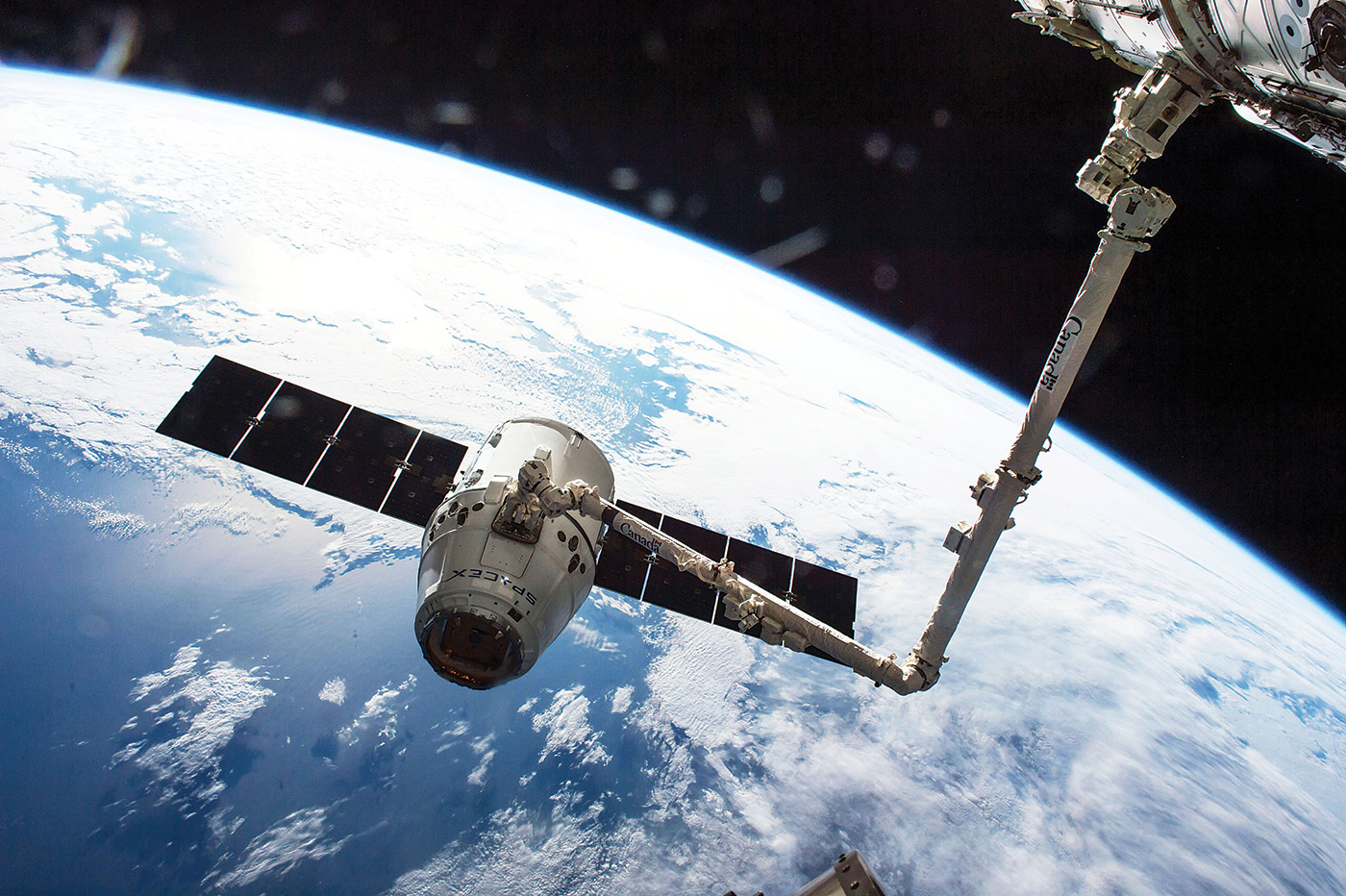Estimated reading time 11 minutes, 40 seconds.
Just after 2 a.m. Eastern time on Saturday, Sept. 29, 1962, a two-stage Thor-Agena rocket launched Alouette-I, Canada’s first satellite and the first built by a country other than the United States or the U.S.S.R., into a near perfect 1,000-kilometre orbit around Earth.
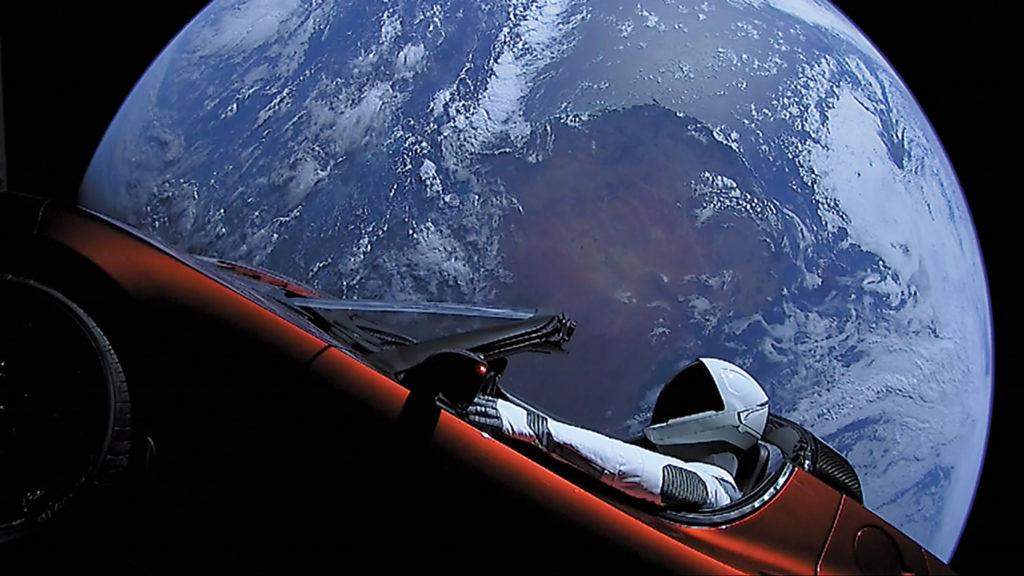
It was the start of a 10-year mission that was unprecedented at the time, producing more than one million images for studies of the ionosphere–the part of Earth’s upper atmosphere that reflects and modifies radio waves used for communication and navigation–and it signalled to the world that Canada was a space-faring nation.
Alouette-I originated in a proposal from the Defence Research Board of Canada, an arm of the Department of National Defence (DND), and was an early step in a long history of military collaboration that is reaching new heights as the Royal Canadian Air Force (RCAF) assumes responsibility for the nation’s ambitious defence space program.
“It’s about protecting our assets,” said BGen Kevin Whale, director general, Space. “We have to wake up to the fact that space has become critical infrastructure. Imagine a day without space?”
The RCAF took over responsibility for the defence space program from Chief of Force Development in 2016 and its mandate is laid out in Strong, Secure and Engaged (SSE), Canada’s new defence policy, which sets an ambitious agenda for future investments in space-based capabilities.
As an environment with the horsepower to generate and develop forces for employment, the Air Force is well-positioned “to take leadership of this capability,” said Whale, though he acknowledged it would take “some time” for the institution to fully deliver on its mandate.
Space is an increasingly congested, contested and competitive domain, with dozens of military and civilian players–and the stakes aren’t small. Space systems go a long way to enabling the world’s economies, and what happens in space impacts the security of nations below.
Whale himself noted that over a 30-year military career, he has benefitted countless times from space-based capabilities and never given them a second thought. Now he is adopting an “air plus space” approach to shape conversations about the RCAF roadmap.
“Space, for a long time, had considered itself special, different, unique–which it is, as a domain,” he said. “But there are similarities and there are differences. We are wrapping our heads around that, and we will take care of this capability, just like we do any other one.”
POLICY PUSH
SSE identifies space as a critical aspect of Canada’s defence, and it prescribes an extended mission to “defend and protect” military space capabilities, while also remaining committed to the peaceful use of space.
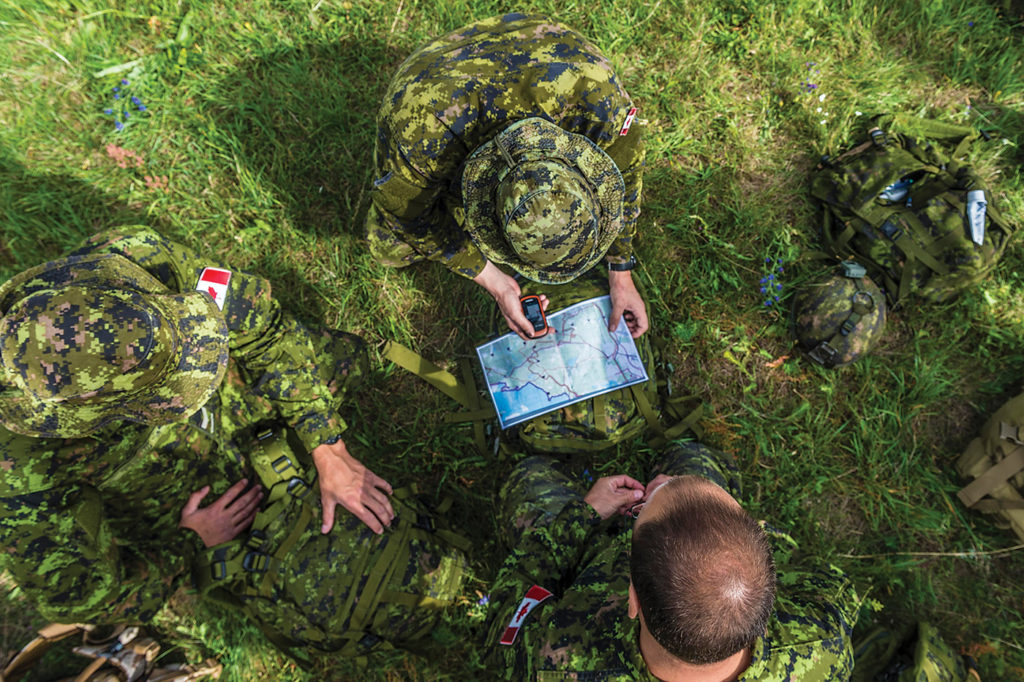
The five-year roadmap lays out the framework for the defence space program, focused on three key areas: force employment, force generation, and force deployment. While the resources and personnel allocated to deliver this mission were initially modest–the core of the joint space cadre is about 60 personnel in Canada and 30 on exchange in the U.S.–the defence policy provides an additional 120 civilian and nearly two dozen military positions to the CAF/DND enterprise.
Integration with other agencies, including the Canadian Space Agency (CSA) and Industry, Science and Economic Development Canada, are key requirements of the strategy.
“We know how to do this,” said Whale. “We’ve just got to get our heads around what’s different and what’s the same about space.”
FORCE EMPLOYMENT
The RCAF now provides integrated space capabilities to the commanders of Canadian Joint Operations Command (CJOC) and Canadian Special Operations Forces Command (CANSOFCOM). Whale is dual-hatted as DG Space and as the space component commander, overseeing a director of space operations and readiness, who coordinates defence-related space activities through the Canadian Space Operations Centre (CANSpOC).
CANSpOC launched in 2014 and provides a round-the-clock space watch that is integrated with the Canadian Forces Integrated Command Centre (CFICC). The space watch monitors and reports on space situational awareness (SSA), missile warning (as reported by the U.S. Department of Defence Joint Space Operations Center), space weather and the status of space mission systems.
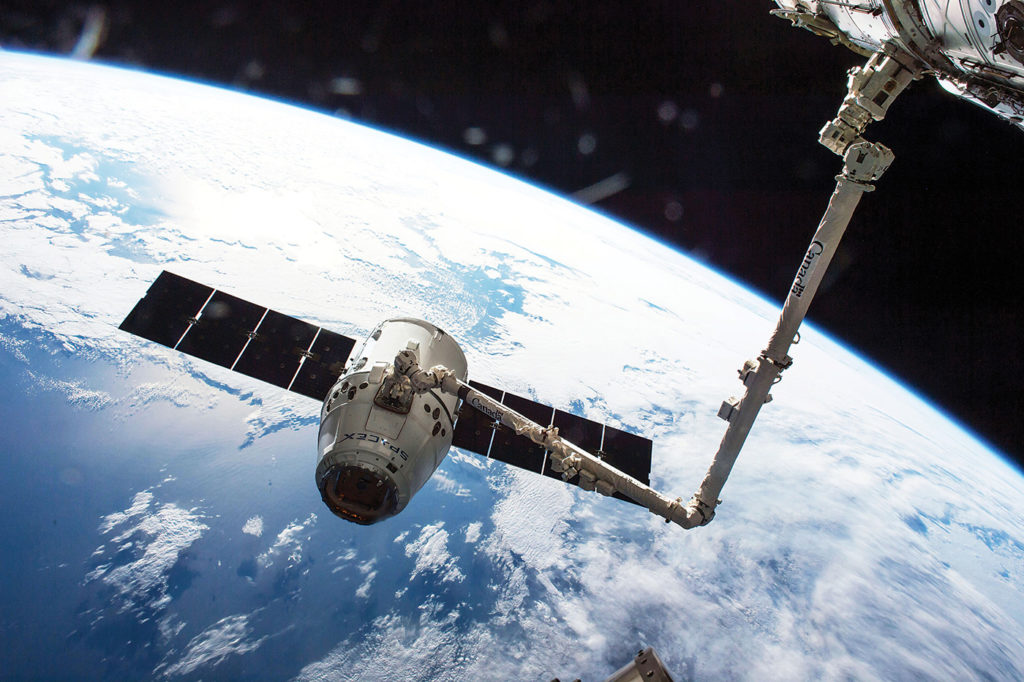
CANSpOC has the ability to generate a Joint Space Support Team (JSST) to support a deployed joint task force, as was the case for the mission to Latvia in support of Canada’s contribution to Operation Reassurance and to Iraq in support of Operation Impact.
The operations centre is also responsible for the CAF navigation warfare (NAVWAR) program, which is working to provide operational commanders with the tools, training and tactics and procedures to operate in a position, navigation, and timing (PNT)-degraded environment where network access is denied from jamming or spoofing.
Though one of Whale’s objectives is educating operational commanders of what a deployed space cell can provide in theatre–“education is a huge piece,” he said–the cadre of joint signals technicians available for deployment at the moment is very “lean” and must be expanded “so we can support the wider CAF.”
“CANSpOC is only so big, until I can grow it,” he said. “This is [a] balance between fixing the car and operating it … [In] some of these areas, we’re currently one or two [persons] deep.”
FORCE GENERATION
To build up its space force with qualified tradespeople, the RCAF is borrowing an employment model from Canadian Special Operations Forces Command that Whale calls an “ABC approach.”
Group A will be made up of individuals who enter the space program and stay there their entire careers; Group B will comprise tradespeople who enter space, leave for other postings, but will eventually return to the space program; and Group C will work in the space program temporarily, before leaving permanently for another division of the RCAF.
“We haven’t decided about a [specific space-related] trade yet,” said Whale. “But we are absolutely going to look at it.” An aerospace engineer, for example, is currently being trained as one of the first permanent space employees.
As the RCAF grapples with recruitment and retention across its operations, Whale acknowledged that finding enough people to populate the space program is a concern. “To grow by a couple hundred folks, [it’s] going to take a decade,” he said.
“It’s going to be measured and paced–unless, a commander decides, ‘You know what? Space is so important, Squadron X or capability Y, I’m going to cut you by 20 per cent, and I want to take those people and put them in here. I’ll fill you back up, but I need this to move quicker.’ ”
FORCE DEVELOPMENT
In its force development role, the RCAF will focus on three areas: intelligence, surveillance and reconnaissance (ISR), satellite communications (SATCOM), and position, navigation, and timing (PNT).
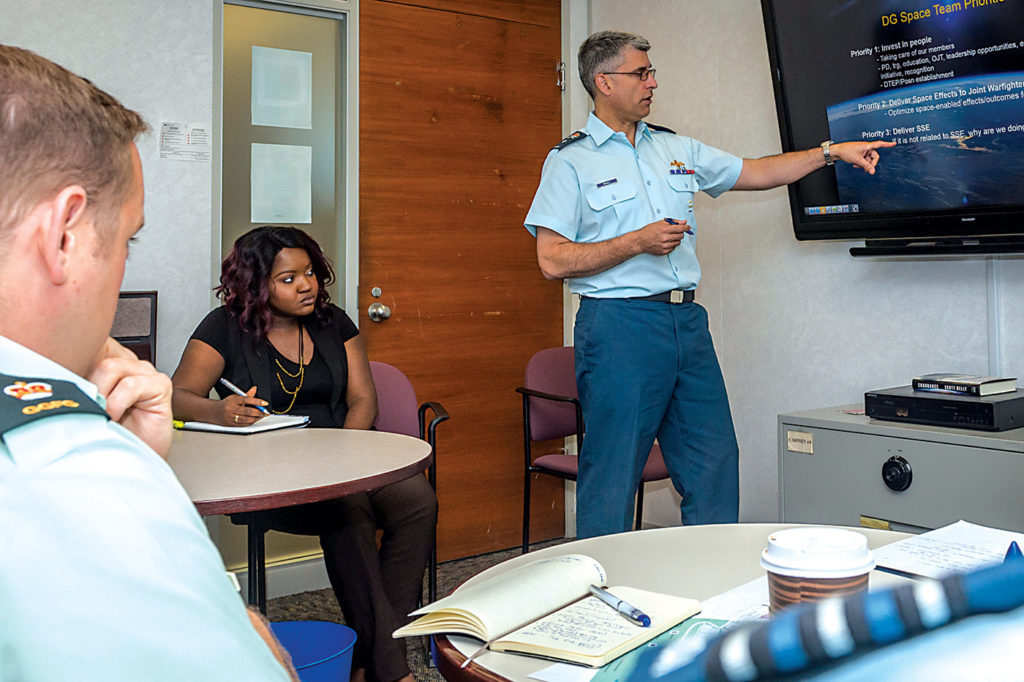
ISR capabilities will include systems that provide surveillance from space, and others that provide surveillance of space. SATCOM initiatives, buttressed by the Assistant Deputy Minister Information Management (ADM IM) SATCOM Operations Centre, will support operations, joint capability development, and research and development.
PNT will focus on electronic support of Canada’s military, electronic protection, electronic attack, and direct support to operations. The intended result is a mix of CAF, federal government, allied, and commercial assets and systems that will ultimately help defend Canada’s sovereignty.
“We are now wrestling with–just like everyone else–how do we balance the commercial versus uniform versus civilian piece,” said Whale.
MILSATCOM
In partnership with the U.S. Department of Defense, the Canadian Armed Forces have embarked on two major projects to provide military SATCOM (MILSATCOM) with the level of capability the operational community demands.
The first is the Protected Military SATCOM (PMSC) project. PMSC leverages the U.S. DoD advanced extremely-high frequency constellation to provide survivable and jam-resistant SATCOM in Ka- and Q-band to users around the world. PMSC achieved initial operating capability (IOC) in 2013 and is expected to reach full operational capability (FOC) in 2024.
A second major MILSATCOM initiative is the Mercury Global (MG) project, which leverages the U.S. DoD wideband global SATCOM constellation to provide high bandwidth SATCOM in X-band and MIL Ka-band to global users. This capability achieved IOC in 2013 and is expected to achieve FOC in 2018.
SSE identifies several challenges that will remain even after the implementation of PMSC and MG, and as a result the military has launched two additional SATCOM projects.
The Tactical Narrowband SATCOM (TNS) project is expected to provide guaranteed, reliable and secure SATCOM in narrowband UHF, transmitting both voice and data and providing coverage from 65 degrees South to 65 degrees North. The current approach to TNS is focused on an effort with the U.S. DoD to gain assured access to the mobile user objective system (MUOS) UHF SATCOM constellation, with planned IOC in 2021 and FOC in 2023.
Another critical project, known as the Enhanced Satellite Communications Project–Polar (ESCP-P), will provide “guaranteed, reliable and secure access” in narrowband and wideband to support operations in the Arctic. IOC is planned for no later than 2029, with FOC by 2031.
As part of its consultation with industry, the RCAF will be asking if projects can be advanced quicker if the resources become available. “ESCP-P is one of the first ones we are trying to accelerate if we can,” said Whale.
SURVEILLANCE
Surveillance of space is a long-standing capability of the RCAF, demonstrated most recently with the Sapphire satellite, which launched in 2013. SSE identified a need to replace Sapphire through the Surveillance of Space 2 (SofS2) project. The goal of SofS2 is to acquire the ability to identify and track objects in space that could threaten the space-based systems of Canada and its allies, and to defend and protect military space capabilities.

RCAF documents identify surveillance from space as the capability with perhaps the greatest growth in the space environment.
Up until now, space-based surveillance has been used mainly for ISR and maritime domain awareness, often in significant cooperation with other government departments. A key next step will be the RADARSAT Constellation Mission (RCM), a whole-of-government project led by the Canadian Space Agency that is expected to deliver better land surveillance and intelligence products. RCM is expected to launch this fall, with an IOC expected in 2019.
Unclassified Remote-Sensing Situational Awareness (USRA) capability, an award-winning system, comprises air-transportable ground stations and small teams that can be deployed anywhere in the world in support of a joint task force. It draws down unclassified satellite imagery, making it an invaluable asset in large coalitions where information sharing is often a challenge. URSA and a six-person team are currently deployed with the Canadian Army forward enhanced presence battlegroup in Latvia. The capability is in the process of being transferred from CJOC to the RCAF.
Other projects include the Defence Enhanced Surveillance from Space–Program (DESS-P), which “will implement a follow-on to RCM for surveillance-from-space capabilities” for the CAF, and the Synthetic Aperture Radar–Data Continuity (SAR-DC), being developed by the Canadian Space Agency to deliver remote-sensing capabilities for civil applications, with capability that is expected to extend beyond 2025.
THE ‘NEW SPACE’
As the RCAF assumes responsibility for Canada’s defence space program, it must weigh the influence of dozens of military and commercial players. Everyone from NASA to celebrity billionaire Elon Musk is launching products into orbit. It’s estimated more than 24,000 objects larger than a softball are already in motion around Earth.
There are “countless more” objects with a smaller diameter, which could have catastrophic consequences in the event of a collision that creates debris. Canada alone has 47 satellites in space (both government and commercial), and 42 are active in orbit. Thousands more may be on the way, as private companies crowd into what Whale refers to as, “the new space.”
“The cost of entry’s going down, and because of industry innovation, the congestion is a concern,” he said. “But I think we can eventually manage that … essentially, the Air Force has made a promise: we’ll take care of this capability.
“We’ve taken what’s been built, and we’re putting our minds to, how are we going to give the same level of attention–like we do to any other capability–to move it forward?
“Of course, we need to sustain the same level of integration with Army, Navy, SOF, because it’s a joint thing,” he added. “But the Air Force has taken the lead, and we’re going to find a way to progress what the defence policy tells us to progress.”
It’s a clear indication the RCAF is all-in on its new Joint Space leadership role.
— with files from Chris Thatcher
